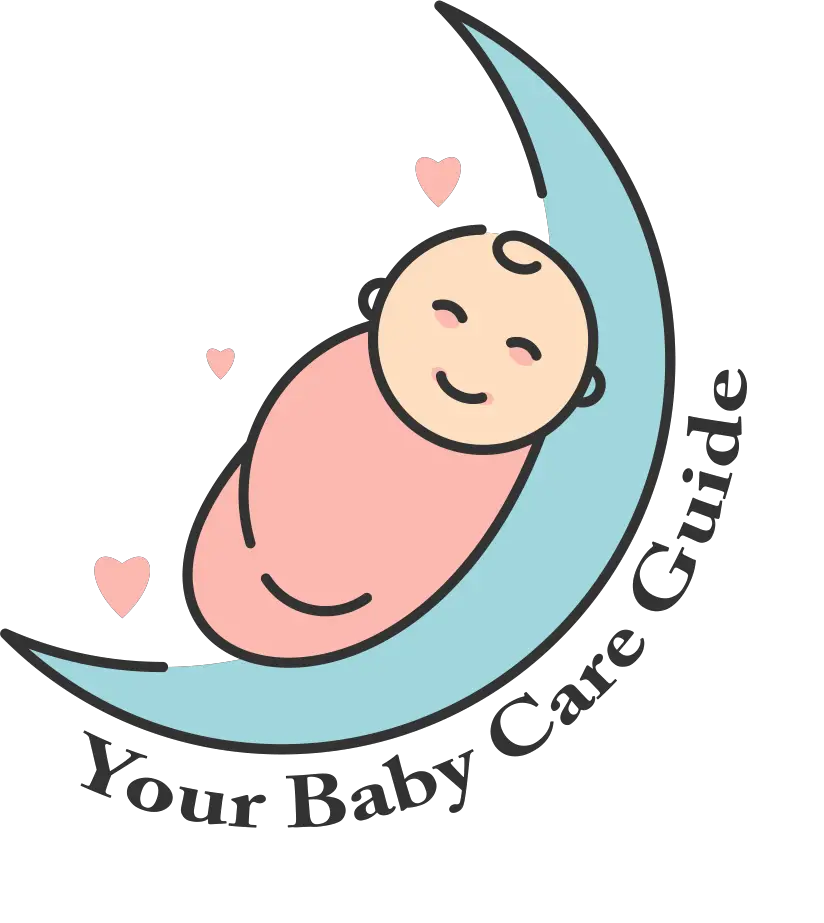Your newborn will quickly outgrow the size N or 1 diaper. To prevent leaks and blowouts, make sure your newborn diapers fits appropriately. A proper fit is a snug below the belly button and around the legs. The gap between the skin and diaper should be the size of two fingers. Make sure to fasten the side with a safety pin. It is also important to empty the garbage bin regularly. Then, you can reuse the diaper and continue to use it for your child.
You can use baby wipes or cotton balls to remove the excess poop. It would help if you first wiped the front and back areas because the sides and back are covered with bacteria. Also, you should lift your baby’s legs by the ankles to clean underneath. You can also wipe the buttocks and thighs of your child. Ensure not to leave the diaper exposed to air as this could make your newborn pee. If you are not around to change your baby’s diaper, you should find a trusted babysitter to do this task for you.
When buying newborn diapers, it is essential to buy the correct size. Newborn diapers are smaller and have a lower rise in the front to prevent irritation to the umbilical stump. Newborn diapers are also snug, keeping loose newborn stools inside. In addition to the fit, they also come with wetness indicators to keep your baby dry. Some brands offer newborn sizes, but not all. Some brands, such as Kirkland Supreme from Costco, also have newborn sizes.
When purchasing newborn diapers, make sure you know your baby’s weight. Your baby’s weight and length can affect the size of the diaper. It is essential to choose a comfortable diaper that is easy to close. Also, ensure that the leg elastic is closed without rubbing your baby’s skin or causing red marks. You should get a larger diaper size if you notice any of these signs.
Some of the most popular brands offer natural, hypoallergenic diapers. Choose honest diapers if you have sensitive skin. Pampers Natural Diapers offer hypoallergenic fabric for babies with sensitive skin. They’re also made from bamboo, which is naturally hypoallergenic. For added protection, consider buying organic diapers. They are also more affordable. If you don’t have a budget, consider the Target brand.
You’ll also want to look out for the umbilical cord. You might be surprised to learn that your baby will wet their diapers several times daily. That is a sign that they haven’t gotten enough fluid. However, babies should have seven wet diapers a day, and if they have fewer than this, there is a fluid deficiency. Baby urine is typically clear or yellow-tinted. If your baby’s urine is dark yellow or pink, there’s a chance of infection.
When changing a newborn’s diaper, try not to expose the penis. It is dangerous because the urine can spill over the changing table, onto the floor, or even into the child’s face. Try to keep one hand on the baby while you change it. Never leave your child on an elevated surface unattended. In case a dirty diaper is accidentally spilt, disinfect the area first. And remember to clean the changing room regularly with a disinfectant.

